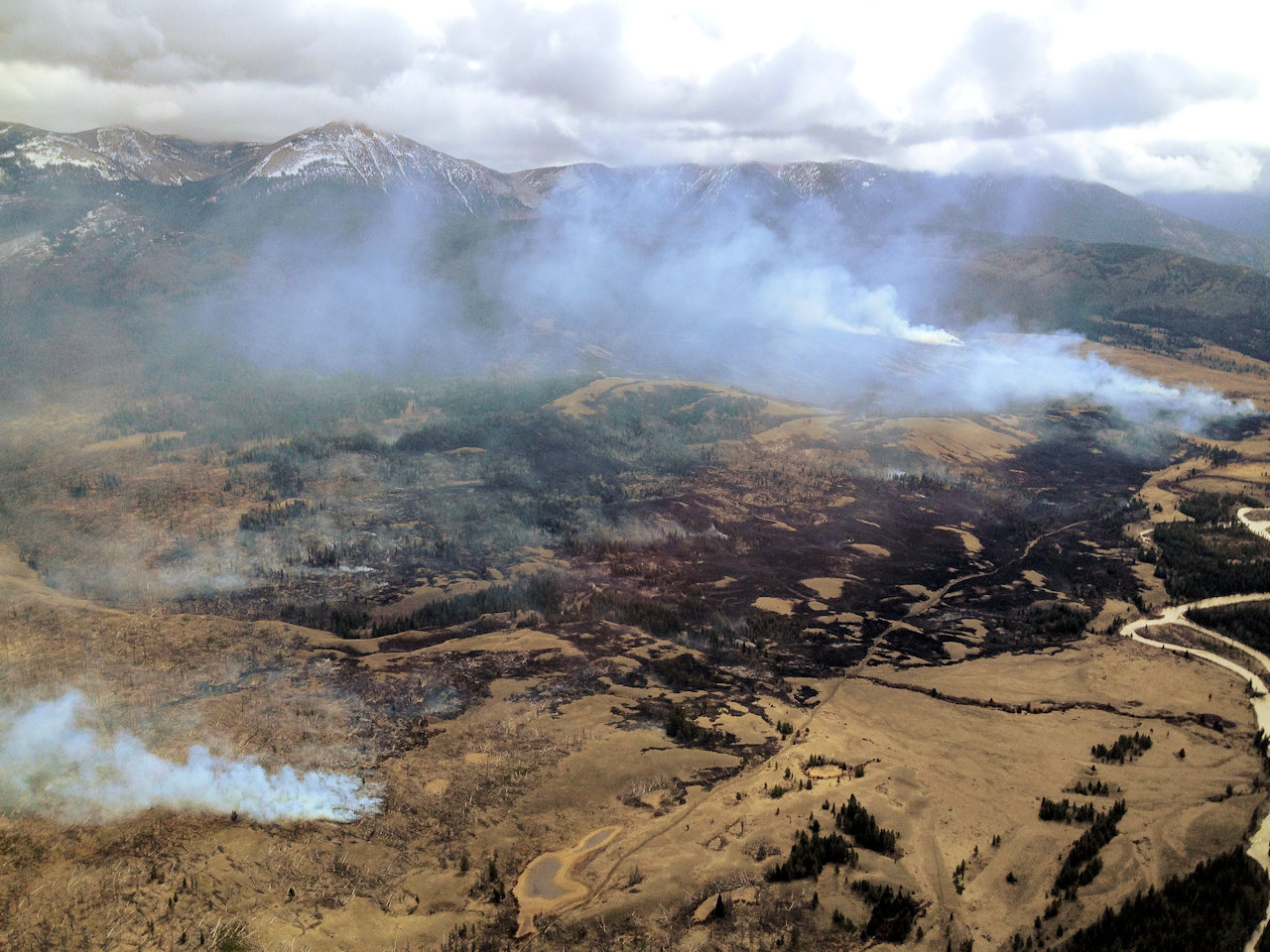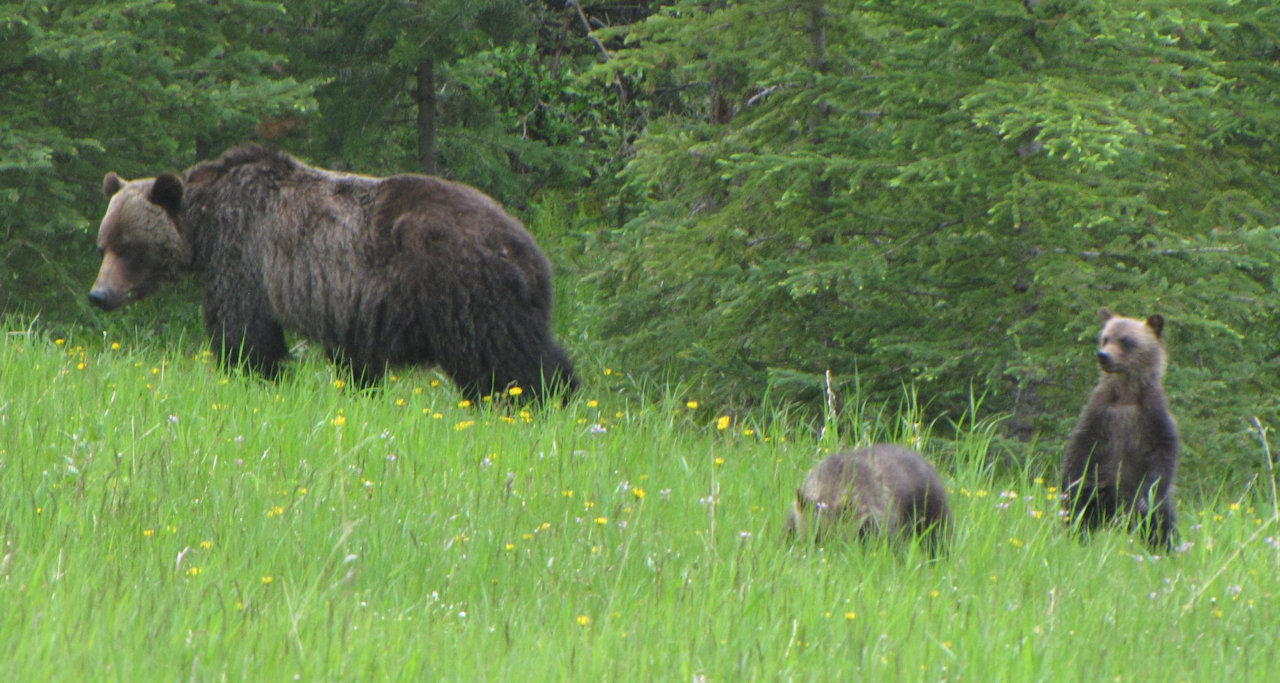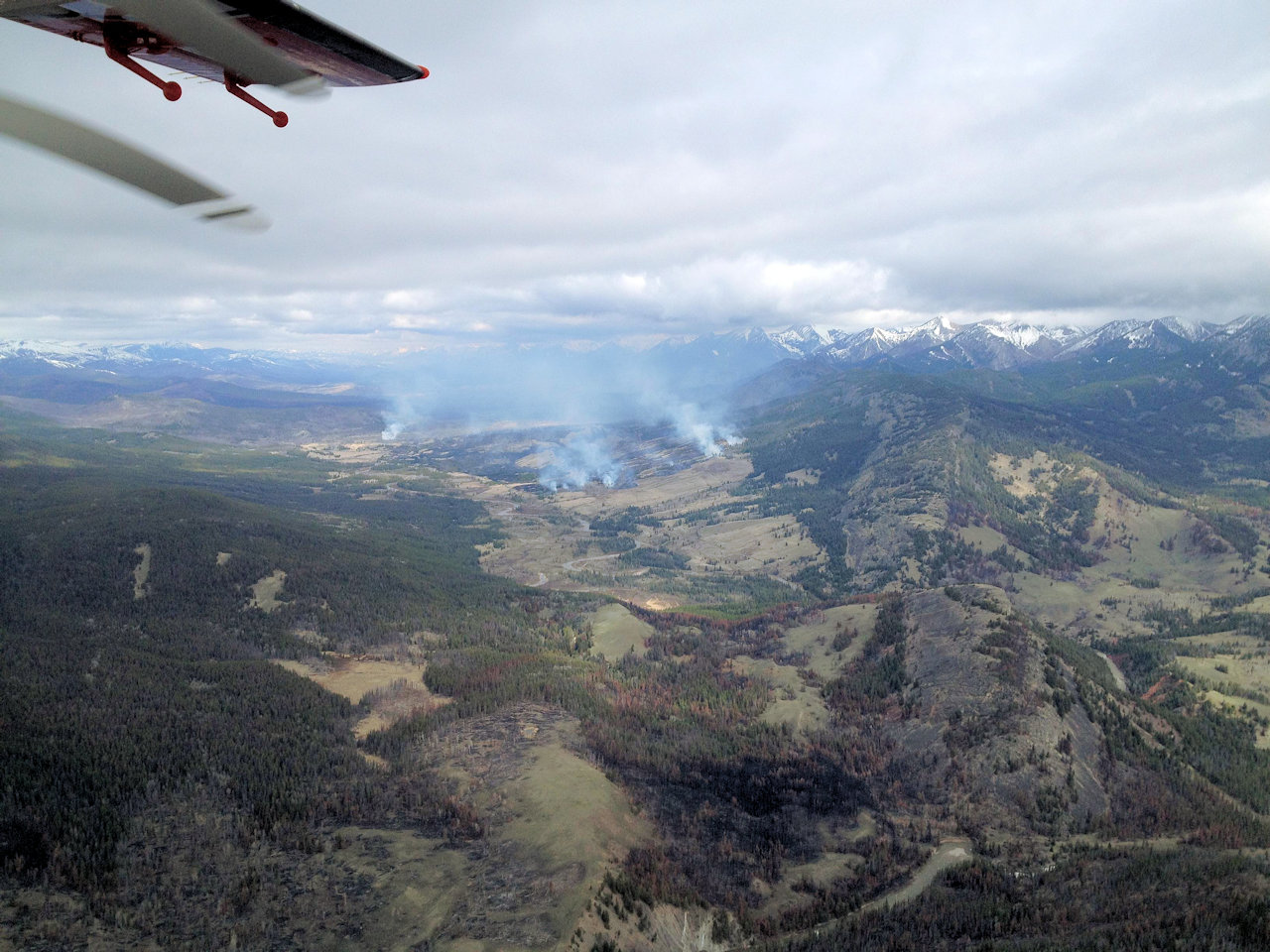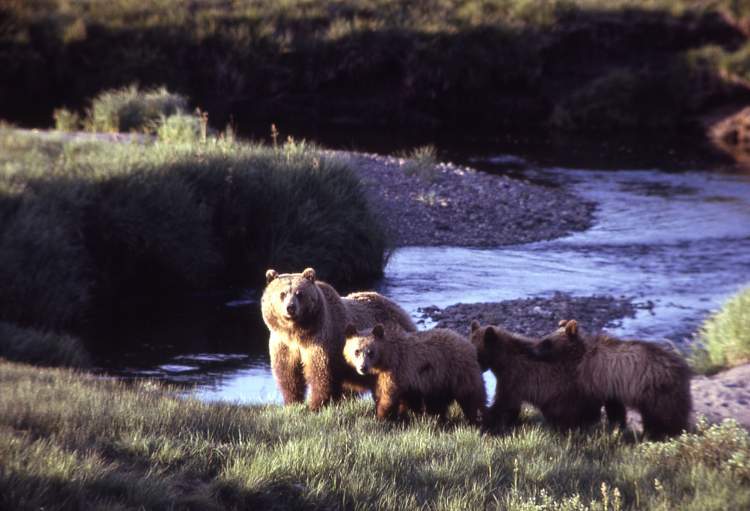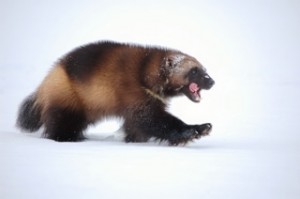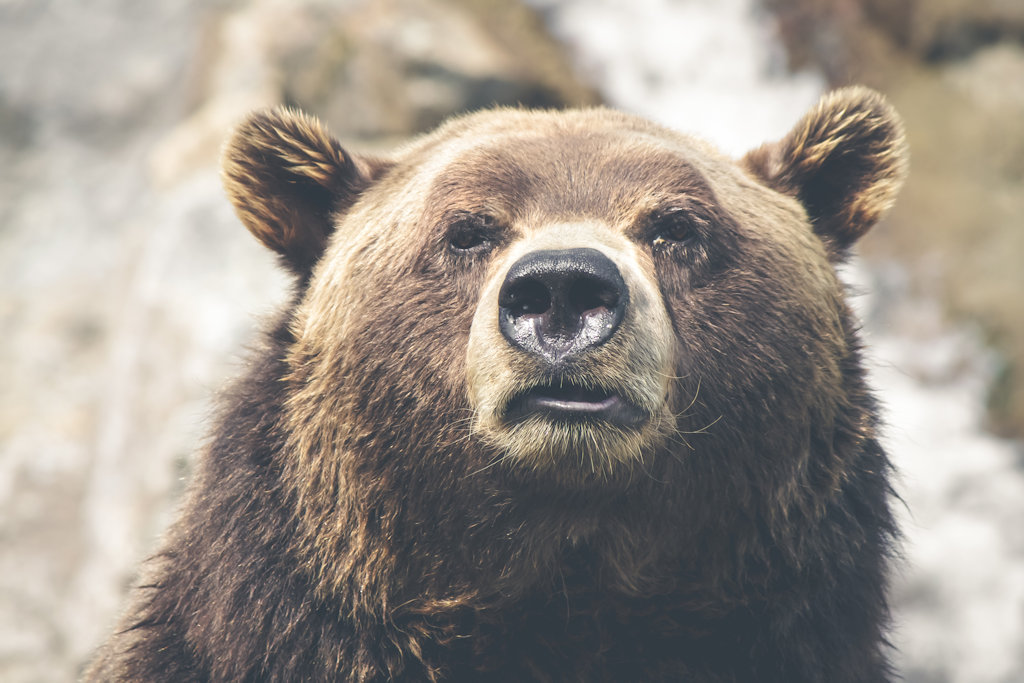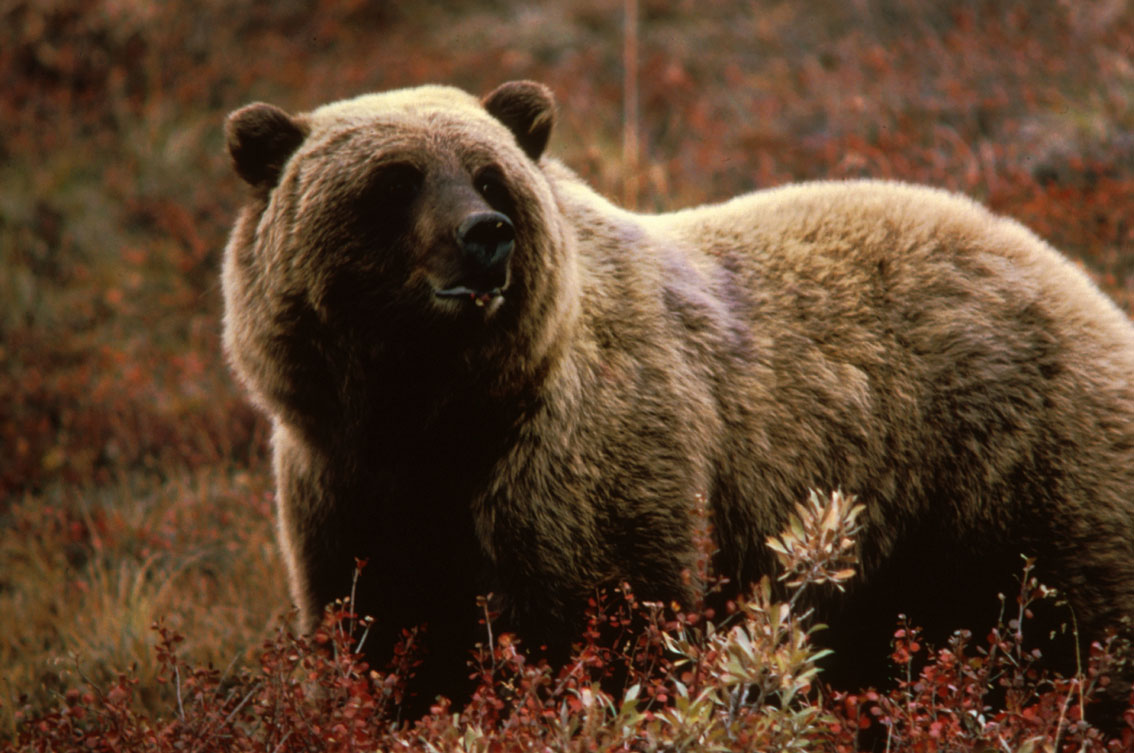
Here’s a good article from the Flathead Beacon about the local bears emerging from hibernation. It also discusses the usual spring headache of people not securing bear attractants . . .
With the arrival of spring, bears are emerging from their mountain dens and descending into the lower valleys in search of food, and one young bruin has already pried its way into a Whitefish home to snack on leftover Easter candy.
As local black bears and grizzlies begin to stir in the Flathead Valley, wildlife managers are receiving an uptick in reports of bear sightings and conflicts, prompting wardens to issue a stern reminder to residents who forget to lock up pet food, bird seed, trash, and other food attractants.
“It is entirely avoidable if we start at the beginning of the season and make a conscious effort to secure these food attractants,” Erik Wenum, bear and lion specialist with the Montana Fish, Wildlife and Parks, said. “Bears don’t just go from wandering around in the woods doing bear things to going into homes. It’s a taught learning curve.”
